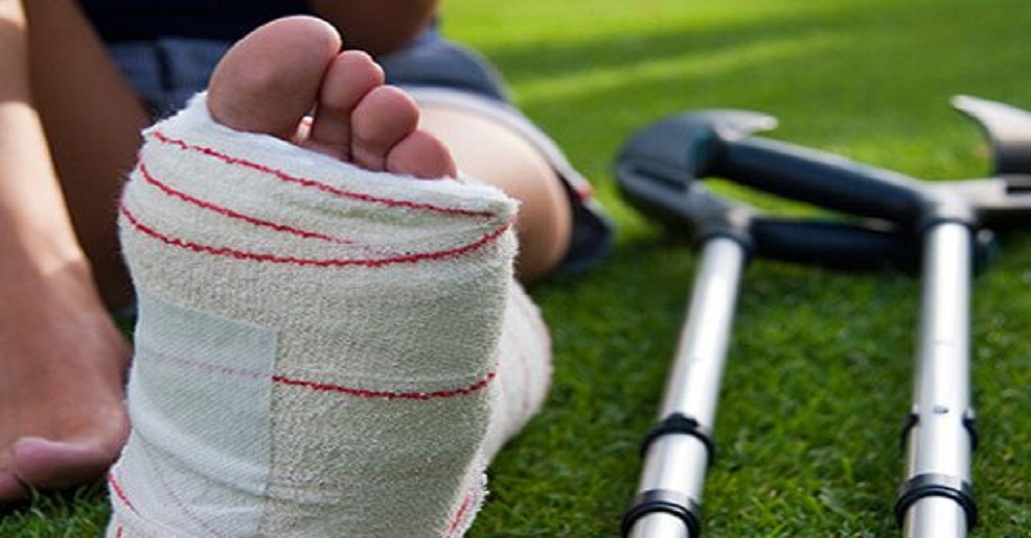-
Call us
+919006720878,+918789533264 -
Email us
drbibekrai@gmail.com


Arthroscopy is a surgical procedure in which the interior of a joint is inspected with a tiny 4 mm lens called the arthroscope. One or more additional 4 mm incisions are required to diagnose & treat the diseased joint. Throughout the procedure a sterile saline infusion is used to distend the joint to allow a little more room to perform the procedure.
The term arthroscopy basically means to look into the joint. (Arthro means joint, and scopy means look.) So the common phrase scope the joint means to insert an arthroscope into the joint and have a look. Over the past several years, the development of very small video cameras and specialized instruments have allowed surgeons to do more than simply take a look into the joint. So now it is a surgical procedure we as Arthroscopic surgeons use to visualize, diagnose, and treat problems inside a joint.
In an arthroscopic examination, we make a small incision in the patient's skin and then insert pencil-sized instruments that contain a small lens and lighting system to magnify and illuminate the structures inside the joint. Light is transmitted through fiber optics to the end of the arthroscope that is inserted into the joint.
By attaching the arthroscope to a miniature television camera, we are able to see the interior of the joint through this very small incision rather than a large incision needed for surgery.
The television camera attached to the arthroscope displays the image of the joint on a television screen, allowing us to look, for example, throughout the knee. This lets us see the cartilage, ligaments, and under the kneecap. We can determine the amount or type of injury and then repair or correct the problem, if it is necessary.
Beginning a weight training programme. All surgical procedures that are done result in damage to tissues that are otherwise normal, because an incision must be made to see the problem. This is particularly bothersome for joints because to enter a joint, the joint capsule and ligaments must be cut into . For minor surgical procedures inside the joint, it is not unusual for the recovery time to be much longer. This is because the normal tissues that were cut must also heal. Also, large incisions into the joint to perform surgical procedures increase the chances for infection. Long procedures where the joint is open to the air can lead to injury to the articular cartilage (the smooth surface of all joints) because it dries the cartilage out. Arthroscopy causes less damage to normal structures by requiring much smaller incisions through the joint capsule and ligaments around the joint. Arthroscopy also allows the joint to remain closed and reduces the risk of infection and drying out of the articular cartilage. Because of this, the healing time for most arthroscopic procedures is greatly reduced. Rehabilitation is faster, and unnecessary damage to normal structures is avoided. Arthroscopy has also greatly expanded our understanding of problems around the joints. In many cases, conditions which were completely unknown before the invention of the arthroscope have been discovered and are now being treated very effectively with arthroscopic surgery.
